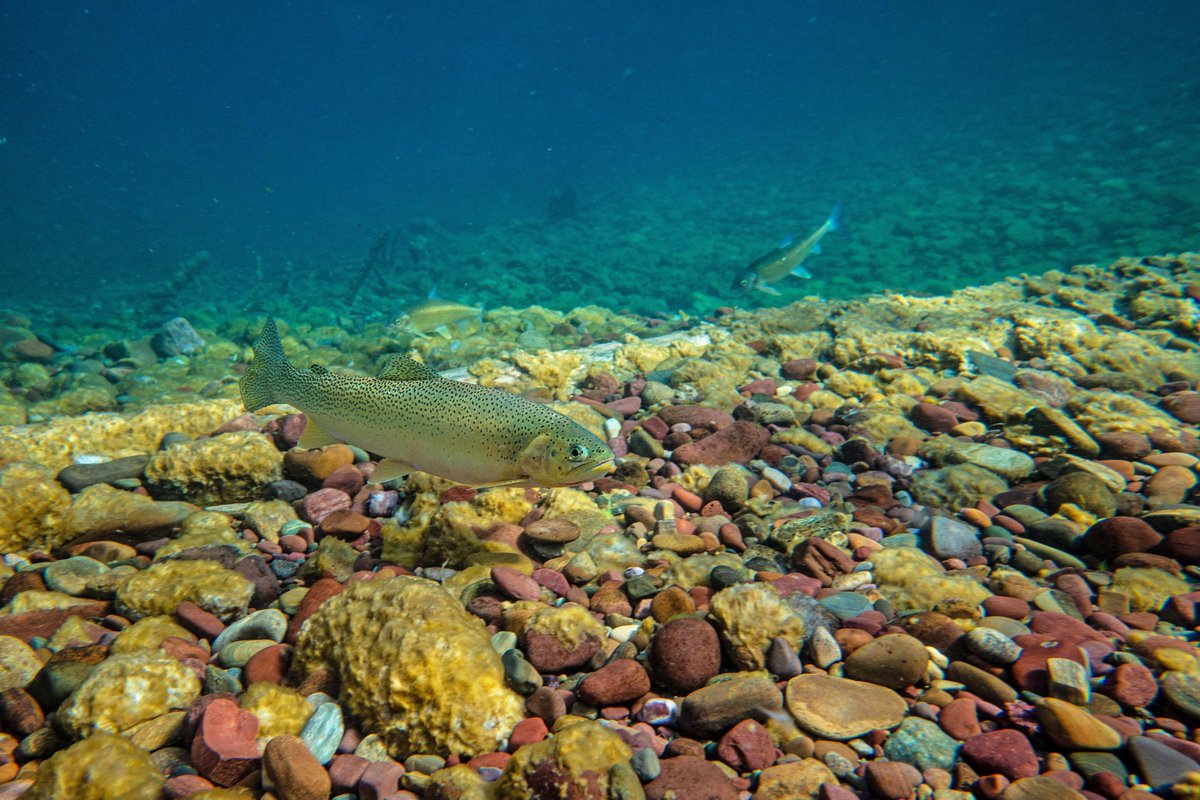Have you ever looked in the mirror and noticed a new gray hair?
Our bodies have ways of showing changes, and on a larger scale, ecosystems function similarly.
Warmer streams seem to increase growth of an algae named Didymosphenia geminata, also known as didymo or “rock snot”.
Our bodies have ways of showing changes, and on a larger scale, ecosystems function similarly.
Warmer streams seem to increase growth of an algae named Didymosphenia geminata, also known as didymo or “rock snot”.
Why the unpleasant name you ask? Didymo, although native to Glacier, can cause nuisance blooms that may inhibit the growth of other algae, change the appearance of rivers, decrease suitable habitat for spawning fish, and change stream chemistry. It also looks a little like snot!
Scientists monitoring the growth of didymo in park streams seem to have found a parallel between warmer temperatures and increasing spread of didymo. This increased growth has been linked to warmer stream temperatures and earlier spring runoff from melting winter snowpack.
Although didymo is a species of algae native to the area, its increased spread is an indicator of change. You can dye gray hairs, but you can’t stop aging.
We can help decrease the spread of didymo by cleaning and inspecting watercraft and fishing gear, but unless we limit the causes of global warming, the park’s rivers will continue to change.
The image in this thread of a fish swimming among a didymo algae bloom was taken on the traditional land of the Amskapi Piikuni, Kootenai, Selis, and Qlispe People.  https://abs.twimg.com/emoji/v2/... draggable="false" alt="📍" title="Runde Reißzwecke" aria-label="Emoji: Runde Reißzwecke">
https://abs.twimg.com/emoji/v2/... draggable="false" alt="📍" title="Runde Reißzwecke" aria-label="Emoji: Runde Reißzwecke">

 Read on Twitter
Read on Twitter


